NCERT Summary: Tribes, Nomads and Settled Communities (Class 7) | History for UPSC CSE PDF Download
During the time when kingdoms were growing and declining, people in towns and villages were creating new arts, crafts, and engaging in various activities. Political, social, and economic changes occurred over the years, but not every region experienced these changes in the same way.Different societies had unique reasons for these changes, which are important to understand.
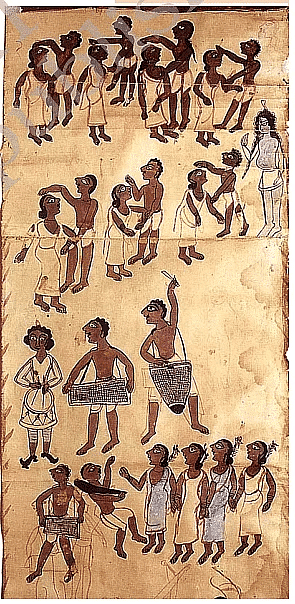 Tribal dance, Santal painted scroll
Tribal dance, Santal painted scroll
- Societal Divisions and Tribal Societies: In many subcontinent areas, society was already divided into different groups based on rules set by the Brahmanas.These rules were followed by rulers of big kingdoms. This made the gap between rich and poor, and high and low social classes, even bigger. This divide continued to grow during the Delhi Sultans and the Mughal periods.
Beyond Big Cities: Tribal Societies
While some societies followed the caste-based rules set by the Brahmanas, other groups, known as tribes, had their own social structures and did not conform to these rules.
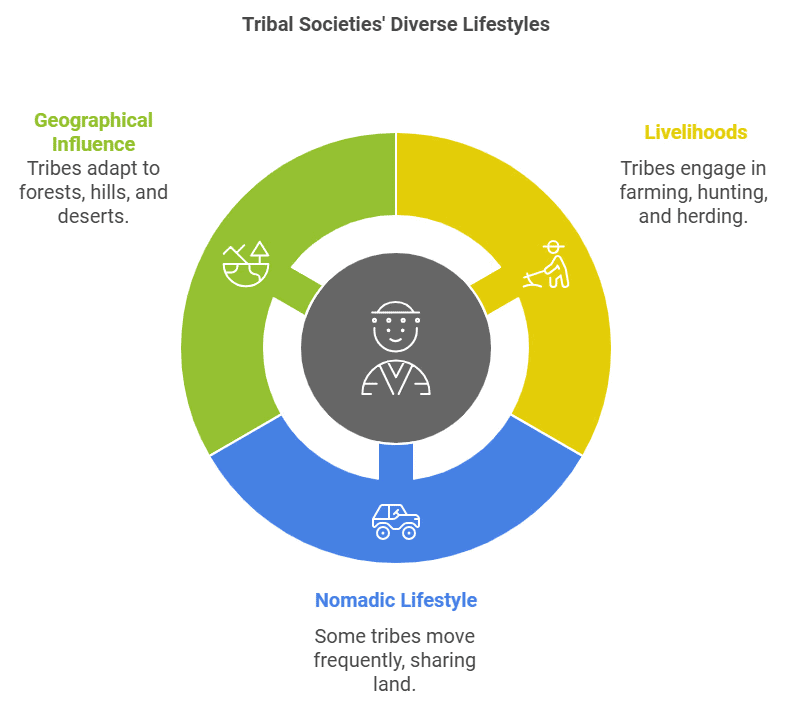
- Livelihood: Tribes had various ways of making a living, such as farming, hunting, and herding animals. They often combine these activities to use local resources effectively.
- Nomadic Lifestyle: Some tribes were nomadic, moving from place to place, and they shared control over land and pastures.
- Geographical Influence: Many large tribes lived in challenging environments like forests, hills, or deserts. Despite occasional conflicts with more powerful caste-based societies, tribes maintained their freedom and unique cultures.
Who were Tribal People?
Tribal people were not extensively documented by contemporary historians and travelers.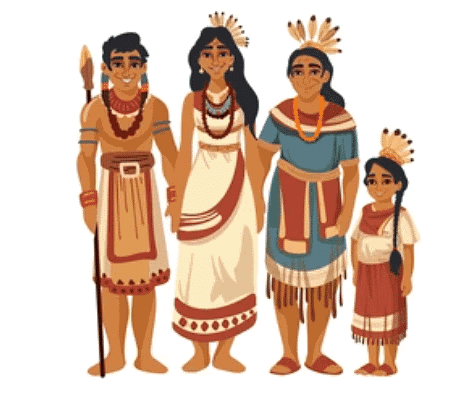
- Oral Traditions: Since tribal communities generally do not keep written records, little information is available. However, they preserved rich customs and oral traditions, passed down from one generation to the next. Present-day historians use these oral traditions to write tribal histories.
- Geographic Distribution and Influence of Tribal People:Tribal populations across the subcontinent varied in terms of their territorial presence and influence at different periods. Some powerful tribes controlled extensive territories, shaping regional dynamics and interactions.
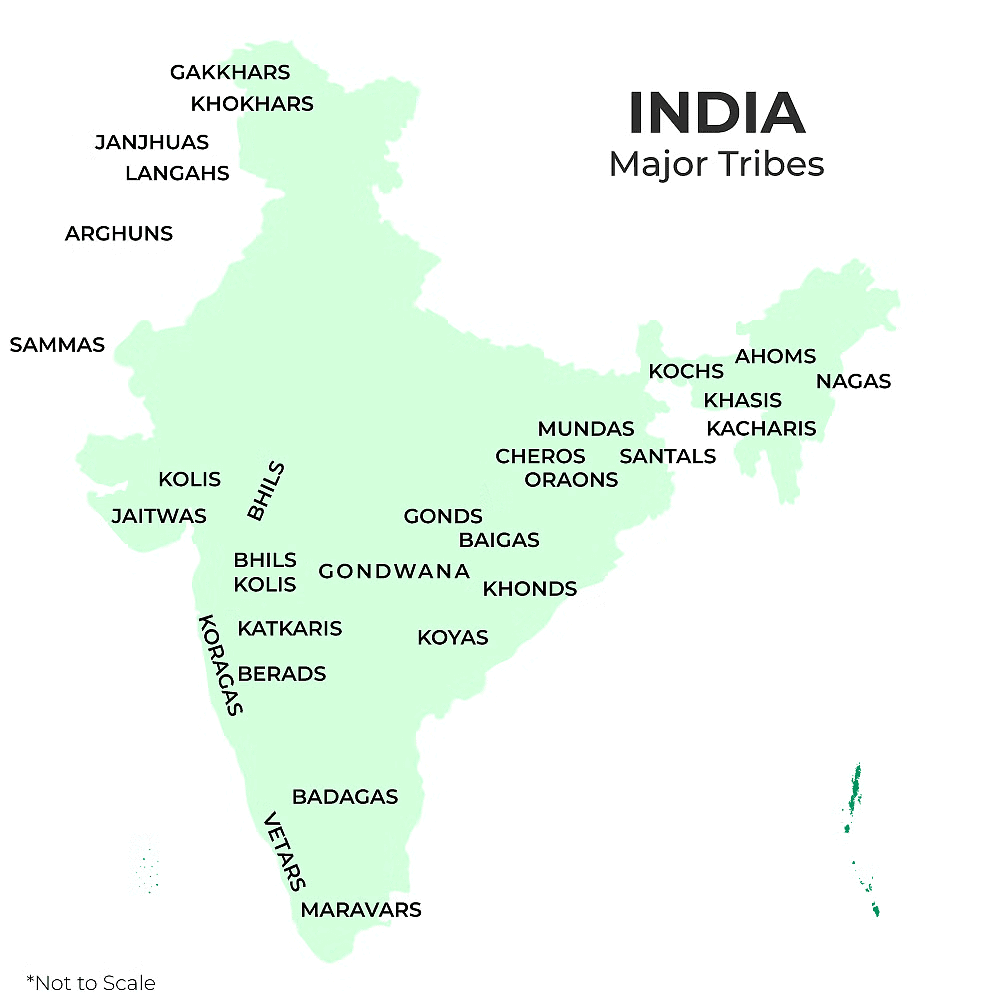 Location of some of the major Indian tribes
Location of some of the major Indian tribes
Tribal People in Different Regions:
- Punjab, Multan, and Sind: The Khokhar and Gakkhar tribes were influential during the 13th and 14th centuries. The Gakkhars gained prominence later, with their chief, Kamal Khan Gakkhar, being appointed as a noble by Emperor Akbar.
- North-West: The Balochis, divided into smaller clans, were a large and influential tribe.
- Western Himalayas: The Gaddis, a shepherd tribe, resided in this region.
- North-East: The Nagas, Ahoms, and other tribes dominated this area.
- Bihar, Jharkhand, Orissa, and Bengal: Cheros, Mundas, and Santals were prominent tribes in this region. The Chero chiefdoms were later subdued by Mughal forces.
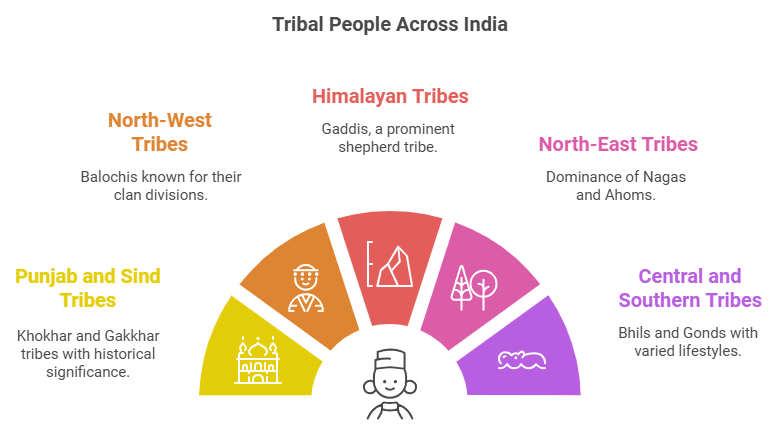
- Maharashtra, Karnataka, and Gujarat: The highlands of Maharashtra and Karnataka were home to tribes such as Kolis and Berads, while Kolis were also present in Gujarat.
- Southern India: Large tribal populations existed in the south, including Koragas, Vetars, and Maravars.
- Western and Central India: The Bhils, a large tribe, were spread across western and central India. Some Bhil clans transitioned to settled agriculture, while others maintained a hunter-gatherer lifestyle. The Gonds were found in significant numbers across present-day Chhattisgarh, Madhya Pradesh, Maharashtra, and Andhra Pradesh.
How Nomads and Mobile People Lived
Pastoralistswere people who traveled long distances with their animals, depending on products like milk for survival. They traded goods such as wool and ghee with settled farmers in exchange for essentials like grain, cloth, and utensils.
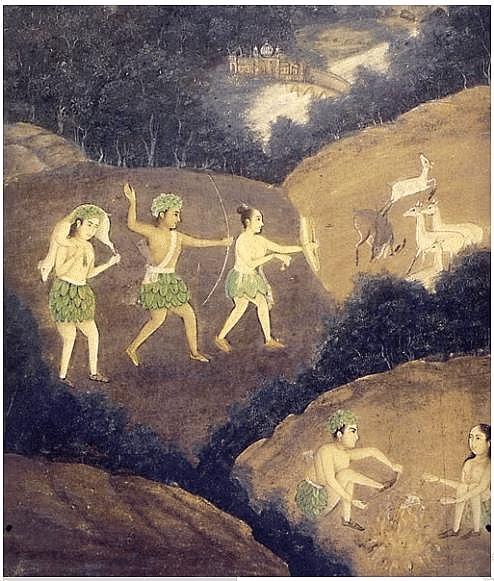 Bhils hunting deer by night
Bhils hunting deer by night
- The Role of Banjaras:The Banjaras were a significant group of trader nomads. Their trading group, known as a "tanda," moved from one place to another with their herds. They played a crucial role in transporting grain to city markets. For instance, Sultan Alauddin Khalji relied on Banjaras to move grain, and Emperor Jahangir mentioned their use of bullocks to carry grain.
- Trading and Selling by Nomadic Tribes:Various nomadic tribes not only cared for animals but also sold them, including cattle and horses, to wealthier individuals. These tribes were essential in supplying food and animals during military campaigns, especially for the Mughal army.
- Traveling Peddlers and Entertainers:Different groups of traveling peddlers moved from village to village, selling items like ropes, mats, and sacks. Some wanderers, including mendicants, also acted as merchants, selling goods as they traveled. Additionally, there were entertainer groups who performed in various towns and villages to make a living.
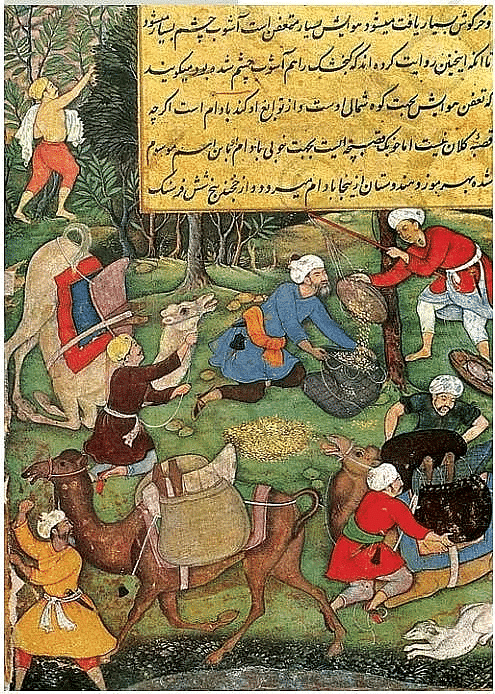 Nomads and Mobile People
Nomads and Mobile People
Changing Society: New Castes and Hierarchies
As the economy and society expanded, new skills became necessary, leading to the formation of smaller castes (jatis) within the broader varnas (social classes).
- Specialization in Society: These jatis were based on specialized professions, with groups like blacksmiths, carpenters, and masons recognized as distinct castes.
- Brahmanas' Influence: A 12th-century inscription reveals that Brahmanas (priests) deliberated on the social status of the rathakaras (chariot makers), highlighting the evolving caste system.
- Emergence of Rajputs: In the 11th and 12th centuries, new Rajput clans rose to power among the Kshatriyas (warriors). They replaced older rulers, using their wealth to establish influential states.
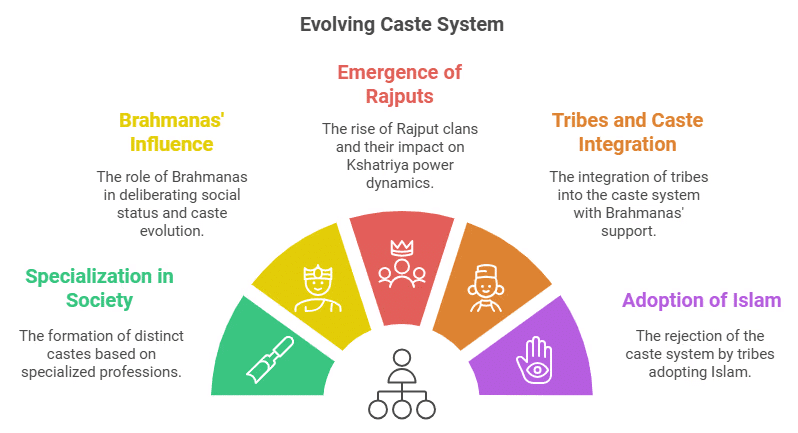
- Tribes and Caste System: Many tribes were integrated into the caste system with the support of Brahmanas. Leading tribal families joined the ruling class, while most tribe members became part of lower jatis.
- Adoption of Islam by Some Tribes: In regions like Punjab, Sind, and the North-West Frontier, certain dominant tribes adopted Islam and rejected the caste system.
- Link Between Social Change and State Emergence: The emergence of states was closely tied to these social changes, particularly among tribal communities.
A Closer Look: The Gonds
The Gonds lived in a vast forested region known as Gondwana. They practiced shifting cultivation. The large Gond tribe had many smaller clans. Each clan had its own leader called raja or rai.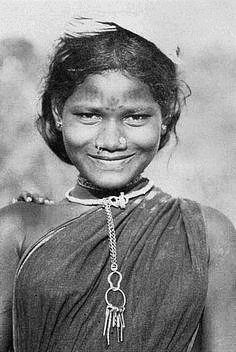 A Gond Women
A Gond Women
Emergence of Gond Kingdoms:
- As the Delhi Sultans' power declined, large Gond kingdoms began to dominate smaller Gond chiefs.
- Example: Gond kingdom of Garha Katanga with 70,000 villages.
Administrative System:
- Gond kingdoms became centralized.
- Divided into parts, each controlled by a specific Gond clan.
- Garhs further divided into units of 84 villages called chaurasi.
- Chaurasi is subdivided into barhots, consisting of 12 villages each.
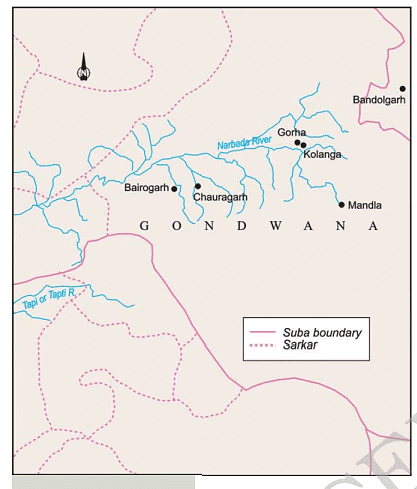 Gondwana
Gondwana
Impact of Large States:
- Large states led to the division of Gond society into unequal social classes.
- Brahmanas received land grants, gaining more influence.
- Gond chiefs sought recognition as Rajputs.
Leadership and Struggles:
- Aman Das, Gond leader of Garha Katanga, assumed the title of Sangram Shah.
- Rani Durgawati, the capable ruler, took charge of her son, Bir Narain.
- In 1565, the Mughals attacked Garha Katanga, leading to a strong resistance by Rani Durgawati but eventual defeat.
- Garha Katanga fell, and Rani Durgawati chose death over surrender. Her son also died fighting.
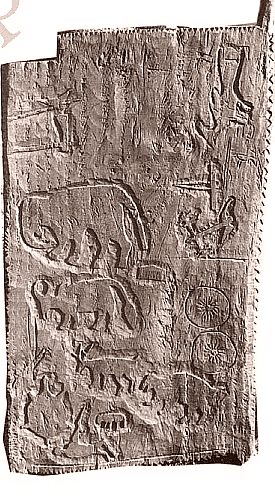 A carved door: Gond tribe, Bastar area, Madhya Pradesh.
A carved door: Gond tribe, Bastar area, Madhya Pradesh.
Economic Wealth and Mughal Conquest:
- Garha Katanga was a rich state, earning wealth by trapping and exporting wild elephants.
- Mughals defeated the Gonds, capturing a significant amount of wealth, elephants, and annexing part of the kingdom.
Survival and Decline:
- Despite the fall of Garha Katanga, Gond kingdoms survived for some time.
- Became weaker and struggled unsuccessfully against stronger groups like the Bundelas and Marathas.
A Closer Look:The Ahoms
Ahoms migrated to the Brahmaputra valley from Myanmar in the thirteenth century. They established a new state by overcoming the old political system of landlords called bhuiyans.
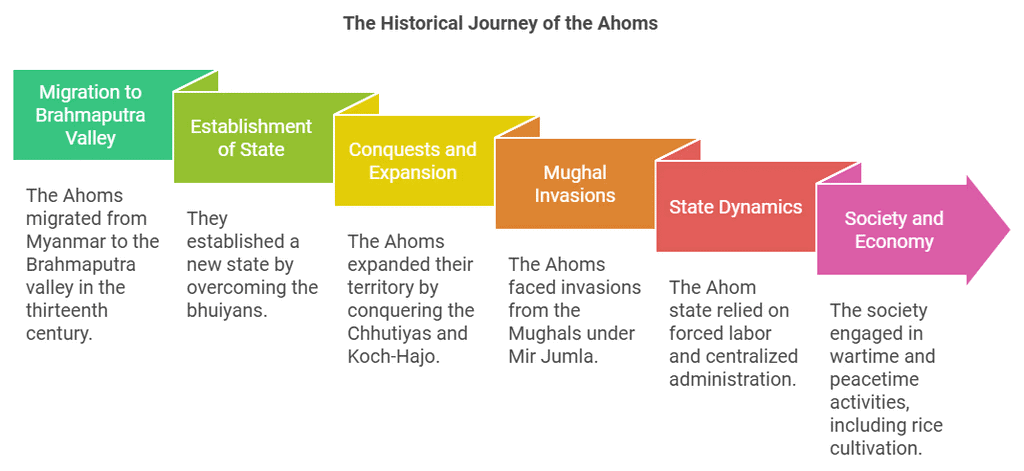
Conquests and Expansion:
- In the sixteenth century, Ahoms conquered the kingdoms of the Chhutiyas(1523) and Koch-Hajo(1581)and subdued many other tribes.
- They built a large state, utilizing firearms from the 1530s and developing high-quality gunpowder and cannons by the 1660s.
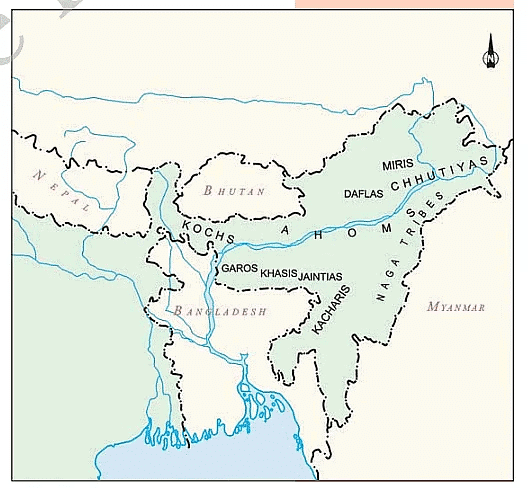
Challenges and Mughal Invasions:
- Faced invasions from the southwest, particularly by the Mughals under Mir Jumla in 1662, resulting in a temporary defeat.
- Mughal control over the region did not last long.
Ahom State Dynamics:
- Relied on forced labor, with workers known as paiks.
- Forced laborwas organized through a population census, with villages sending paiks by rotation.
- Population redistribution occurred, shifting people from crowded areas to less populated ones, leading to the breakup of Ahom clans.
- Administration became highly centralized by the first half of the seventeenth century.
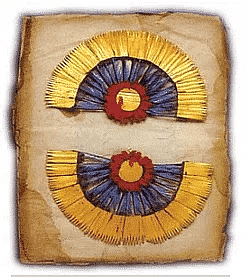 Ear ornaments, Koboi Naga tribe, Manipur
Ear ornaments, Koboi Naga tribe, Manipur
Society and Economy:
- During wartime, almost all adult males served in the army, and during peacetime, they were engaged in constructing infrastructure.
- Innovative methods of rice cultivation were introduced.
[Question: 1012274]
Social Structure and Religion:
- Ahom society had clans or khels, with few artisan castes, and artisans often came from neighboring kingdoms.
- Peasants were granted land by their village community, and protected from seizure by the king without community consent.
- Initially worshiped tribal gods, but Brahmanas' influence increased in the first half of the seventeenth century.
- Temples and land grants were given to Brahmanas by the king.
- Hinduism became the predominant religion during the reign of Sib Singh(1714-1744), but traditional beliefs were not entirely abandoned.
Cultural and Intellectual Contributions:
- Ahom society supported poets, scholars, and theater.
- Important Sanskrit works were translated into the local language.
- Historical works known as buranjis were written, initially in the Ahom language and later in Assamese.
Key Words
- Varna: The social class system in ancient Indian society, divided people into four categories – Brahmins, Kshatriyas, Vaishyas, and Shudras.
- Jati: Sub-castes or communities within the larger Varna system, often linked to professions and social identity.
- Tanda: A traveling caravan, often associated with traders or nomadic groups in medieval India.
- Garh: A fort or fortified settlement, often the center of regional administration or power.
- Chaurasi: A reference to a group of 84 villages, often forming a unit for administration or land revenue collection.
- Barhot: Likely referring to local chiefs or administrative divisions under a larger political structure.
- Bhuiyans: A tribal or local landholding community, often with regional influence.
- Paik: A military or labor service system, especially in Assam during the Ahom rule.
- Khel: A clan or socio-political unit, particularly in the context of Assamese or tribal organization.
- Buranji: Historical chronicles or records, mainly written during the Ahom dynasty in Assam.
- Census: An official count or survey of a population, often detailing demographics.
|
216 videos|855 docs|219 tests
|
FAQs on NCERT Summary: Tribes, Nomads and Settled Communities (Class 7) - History for UPSC CSE
| 1. Who are tribal people and what distinguishes them from settled communities? |  |
| 2. How did nomads and mobile people sustain their livelihoods? |  |
| 3. What changes occurred in the social structure of tribal societies over time? |  |
| 4. Who are the Gonds and what is their significance in tribal history? |  |
| 5. What is the history and contribution of the Ahoms to Indian society? |  |





















